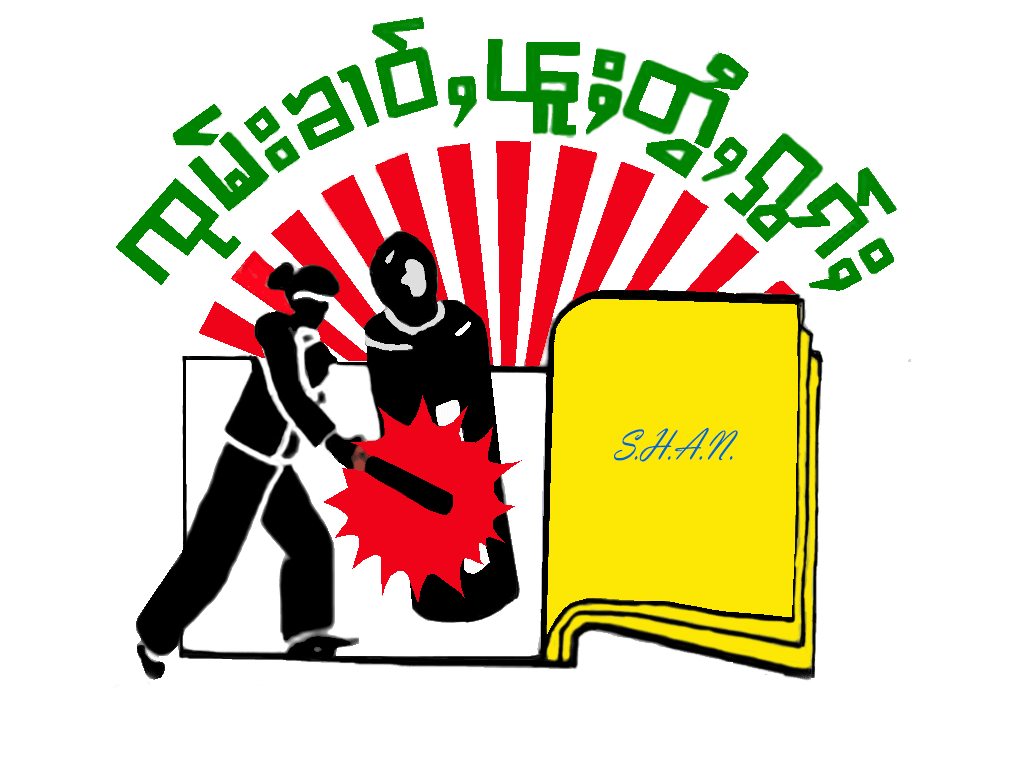As 30 March meeting, the seventh round continuation of peace talks, that would be held between Nationwide Ceasefire Coordination Team (NCCT) and Union Peace-making Work Committee (UPWC) draws nearer, concerned people are speculating, whether the peace deal, known as Nationwide Ceasefire Agreement (NCA) could be signed anytime soon.
While many are generally of the opinion that by finalizing the NCA, peace would be immediately achieved, the truth is the finalized draft, to be ironed out between NCCT and UPWC, have to go through the approval of the Union Peace-making Central Committee (UPCC) and Ethnic Armed Organizations’ (EAOs) leaders, before starting the troublesome Framework for Political Dialogue(FPD), Political Dialogue(PD), deliberation of Union Accord, and finally the hardest part of implementation.
General Gun Maw has made it plain in the latest interview with The Irrawaddy regarding the peace process that it is not a bed of roses or a walk through the park.
In an interview conducted by Irrawaddy editor-in-chief Aung Zaw in Rangoon, on 25 March, when asked if NCA could be signed within a few days, as reported by some newspaper, he replies: “The NCA may be signed by both parties soon, but signing it does not mean peace. As I have said earlier, the matters we have to discuss after signing the NCA are much more difficult, so signing the NCA does not mean achieving peace.”
Lt. General Myint Soe, on one recent occasion said that even after the signing of NCA, it doesn’t mean that the armed clashes will stop at once altogether. As if to buttresses his statement, the attack on a lightly guarded Kachin Independence Army (KIA) position has been launched, coinciding with the seventh round of peace talks taking place in Rangoon, using fighter bombers and infantry attacks. The pretext accordingly is an accusation of KIA, abetting and helping illegally logging to China, which was roundly rejected.
Eleven Myanmar of 23 March reported that Lamai Gum Ja from Myitkyina-based Peace-talk Creation Group said, “The fighting occurred as the army detected timber smuggling from a helicopter. However the KIO said the place the fighting occurred is not used for timber smuggling.‟
The Irrawaddy on 23 March also reported that “The KIO official said that the Burma Army launched the attack after firing at trucks carrying timber from central Burma’s Sagaing Division. The trucks passed several government checkpoints, he said, but they came under attack after crossing into Kachin Independence Organization (KIO) territory, which they travel through to enter China illegally.”
Duang Khar, head of the Kachin Independence Organization’s technical team, in an interview with VOA, reported on 25 March, said that the smuggling racket has the understanding and backing of government institutions, such as police, army and civil administration, to conduct such a big scale illegal logging with so many vehicles involved. For the KIA, it only taxes the vehicles passing through its territory. Besides, the KIA said all the logs were originated from Sagaing Division and northern Shan state, for Kachin state has no huge forest reserves to entertain such massive logging enterprise. Apart from that, the timber loaded vehicles came across many government controlled gates, before reaching KIA territories.
When the VOA, Burmese Section, asked Duang Khar on the government accusation that KIA is protecting illegal logging vehicles, he replies: “ We don’t have any need to protect them for they are working through give-and-take with various government agencies. One thing is that they have to pass through our territory, in order to go to the Chinese border. And so we just collect taxes and have no duty to protect them, whatsoever. Since they are doing their business through give-and-take with various government agencies, the KIO doesn’t need to be responsible or give protection.”
The blame game on each other is, of course, debatable, but the whole point is the starting and escalating the armed offensive in timely manner from the part of Burma Army, while peace negotiations are going on and in full swing, in Rangoon.
The pressing question now is on how to achieve a durable ceasefire that really works. Deescalation of armed conflict is like a chain-smoker trying to cut down on cigarettes; when the motivation is high he might be able to reduce a bit of his intake, but once nervosity sets in for any reason, he will be inhaling more than usual again and won’t be any near to quit it totally, as has been intended. So it is better to quit it altogether and not half-way undertaking of reducing it bits-by-bits. Thus, it is the same with ceasefire deal, make it or break it.
Many have been wondering why the Ukrainian army and pro-Russian rebels controlling a big swathe of Donetsk and Luhansk regions could reach a new ceasefire deal for eastern Ukraine in the Belarusian capital Minsk, just in one day, on 12 February 2015, and in Burma we are still shooting at each other, after more than three years of peace talks, plus state and union level ceasefire agreements with most of the EAOs.
According to BBC, the 16-hour talks went on through the night, between Russian President Vladimir Putin, Ukrainian President Petro Poroshenko, French President Francois Hollande and German Chancellor Angela Merkel.
The two key points, out of the eleven agreed terms, which could be an eye-opener, for our so-called Burma and international experts funded by well-meaning international funders and all concerned parties, writes:
1. Immediate and full bilateral ceasefire
To take effect in parts of Donetsk and Luhansk regions, from 00:00 local time on 15 February (22:00 GMT on 14 February).
2. Withdrawal of all heavy weapons by both sides
To equal distances to create a buffer zone of: at least 50km (30 miles) separating both sides for artillery systems of 100mm calibre or more; 70km for multiple rocket systems and 140km for the heaviest rocket and missile systems such as Tornado, Uragan, Smerch and Tochka.
Ukrainian troops to withdraw heavy weapons from the current frontline.
Separatist forces to withdraw theirs from the line of 19 September 2014.
Heavy weapons withdrawal must start no later than day two of the ceasefire and be completed within two weeks. The OSCE security body will assist in the process. (Source: BBC – 12 February, Ukraine ceasefire: New Minsk agreement key points)
It is not that hard, so let us simplify the ceasefire process with genuine “political will” and draw back a little from portraying the conflict resolution as a mammoth, impossible, academic exercise and just an arena for intellectual debate.
The contributor is ex-General Secretary of the dormant Shan Democratic Union (SDU) — Editor




